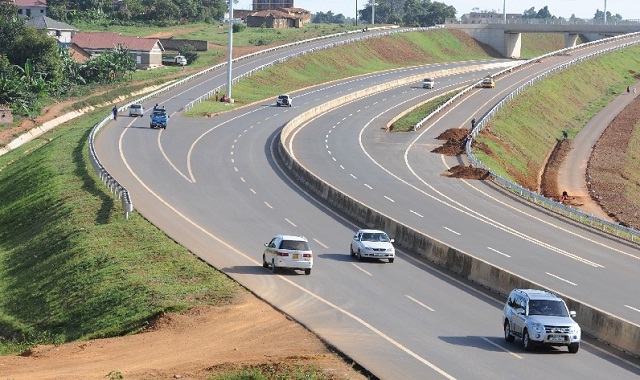
Why government must listen and act on economic expert views
Kampala, Uganda | JULIUS BUSINGE | How much public debt can the Ugandan government afford? Nobody seems to be having the right answer even as the government continues to borrow, sinking the country deeper into more debt.
While reading the national budget for the financial year 2018/19, Finance Minister, Matia Kasaija, said the government plans to raise over a quarter of its planned Shs32.7trillion expenditure (resource envelope) through borrowing.
Out of the entire resource envelope, 9 out of the 19 sectors will consume over half of the funds; works and transport sector will snatch the largest share with Shs4.7trillion, followed by education (Shs2.7trillion), energy and mineral development (2.4trillion), health (Shs2.3tn), security (Shs2tn) and water and sanitation (Shs1.2tn), justice law and order sector (1.2tn), public sector management (Shs1.5tn) and accountability (Shs1tn).
The new budget figures come at the time when government already has US$10.5bn (38.1% of GDP) as debt compared with US$8.7bn (33.8% of GDP) in the FY 2016/2017, Shs 29trillion (34% of GDP) in 2015/2016 and US$7.6bn (30.4% of GDP) in the FY2014/2015. In the FY 2013/14, public debt stood at US$7.2bn (equivalent to 34% of GDP).
The East African Community Monetary Union Convergence Protocol recommends that debt-to-GDP ratio should not go beyond 50% of GDP.
Borrowing beyond the 50% mark, would negatively impact on the country’s credit rating and its ability to access international financial markets among other benefits.
But how much debt is too much? Asad Lukwago, a partner at the global audit and advisory firm, KPMG, said on June 14 that whereas the country is yet to hit the 50% of debt to GDP threshold, there is need to understand where “we are as a country in terms of infrastructure.”
“We have already recorded 38% (of our debt to GDP ratio) before we do the Standard Guage Railway, the Jinja Expressway, Oil Refinery, Oil Pipeline, Ayago Dam,” he said.
“One has to simulate and say, if we are to get to our potential in terms of infrastructure development, how much debt shall we have…and when you look at that, you might realise that we are on the borderline of what could start becoming a risky level of borrowing,” he explained.
Lukwago said that failure to minimise borrowing or even manage the projects well might further spike interest rates as government could opt to borrow more internally to service debt at the expense of the private sector that badly needs cheap capital.
This at the end, he said, could negatively impact economic growth and social transformation agenda.
To make the situation even worse, Lukwago said projections are that by 2020, 10% of the budget will be allocated as interest payment – which ideally means small money going into key socio-economic sectors of education, health and additional infrastructure.
He said it is important for the government to ensure that when it decides to borrow in order to fund infrastructure and related projects, let the work be executed on time so it can start generating growth and reducing the debt burden.
Prof. Ddumba Ssentamu, an economist and former vice chancellor of Makerere University told The Independent in an interview that government needs to be more serious on where it borrows funds and how it spends it.
“It is not a question of cost of money; it is about setting the right priorities and using the money for the right purpose,” he said, adding that there is need for the government to work out a mechanism of reducing the cost of projects to be able to deal with the growing debt burden.
 The Independent Uganda: You get the Truth we Pay the Price
The Independent Uganda: You get the Truth we Pay the Price


